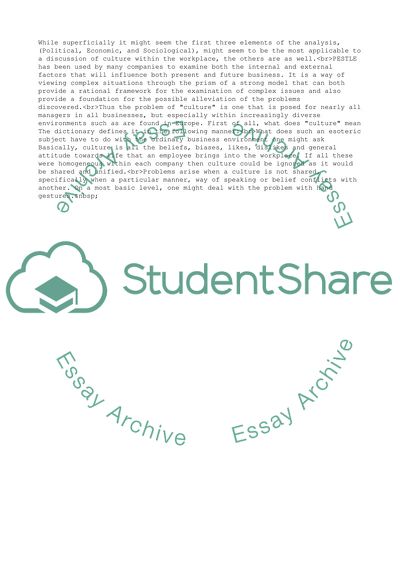Cite this document
(“Cultural Differences Between Employees Management Essay”, n.d.)
Retrieved de https://studentshare.org/management/1524341-assertion-in-relation-to-how-managers-can-overcome-problems-arising-from-cultural-differences-between-employees
Retrieved de https://studentshare.org/management/1524341-assertion-in-relation-to-how-managers-can-overcome-problems-arising-from-cultural-differences-between-employees
(Cultural Differences Between Employees Management Essay)
https://studentshare.org/management/1524341-assertion-in-relation-to-how-managers-can-overcome-problems-arising-from-cultural-differences-between-employees.
https://studentshare.org/management/1524341-assertion-in-relation-to-how-managers-can-overcome-problems-arising-from-cultural-differences-between-employees.
“Cultural Differences Between Employees Management Essay”, n.d. https://studentshare.org/management/1524341-assertion-in-relation-to-how-managers-can-overcome-problems-arising-from-cultural-differences-between-employees.


